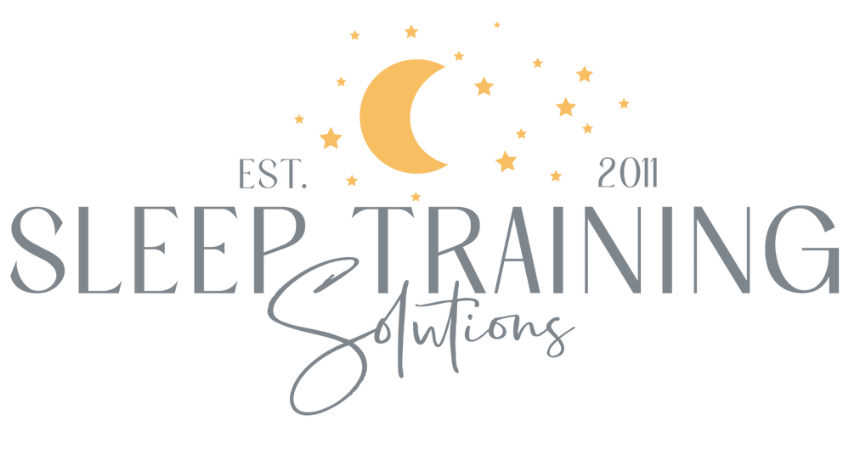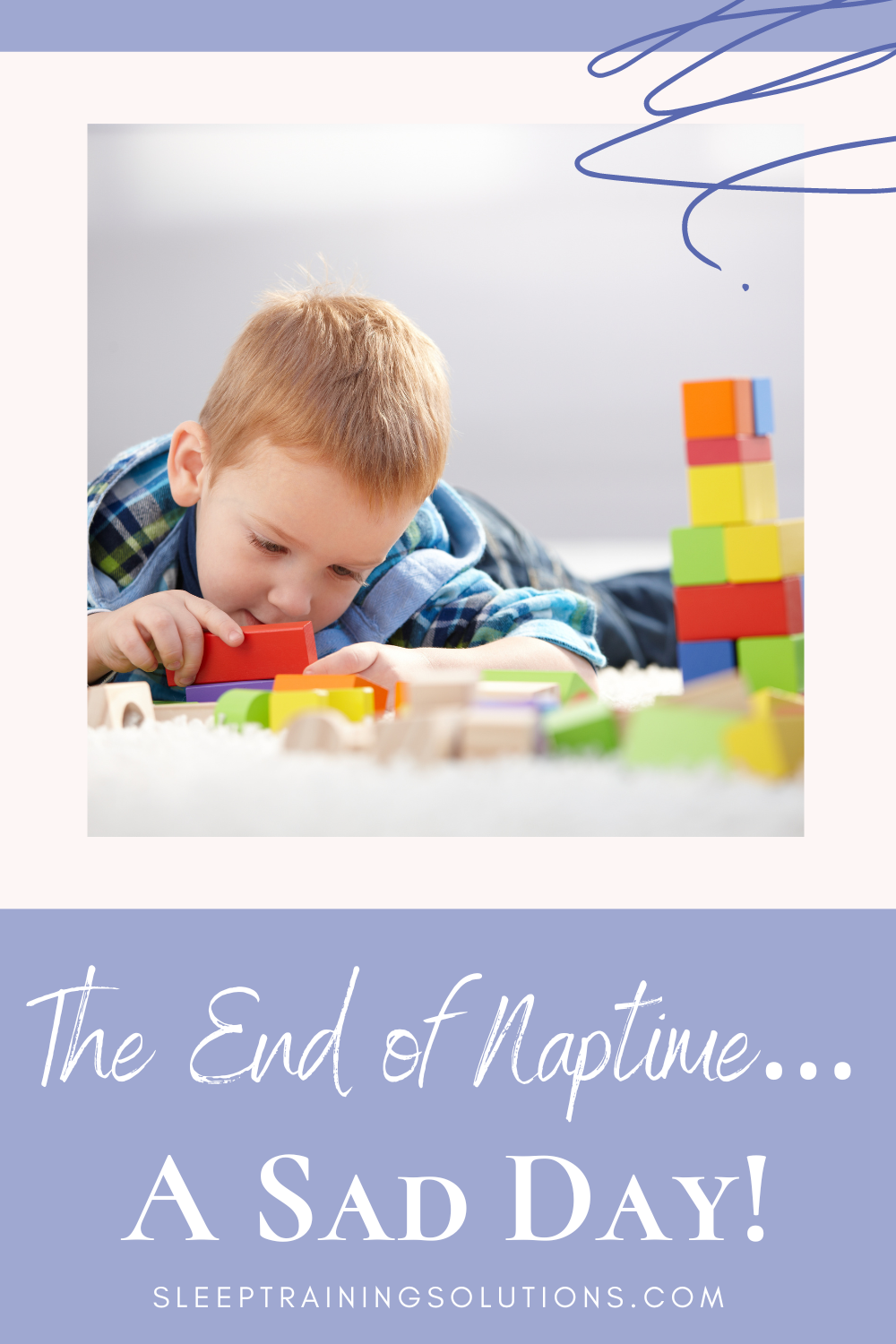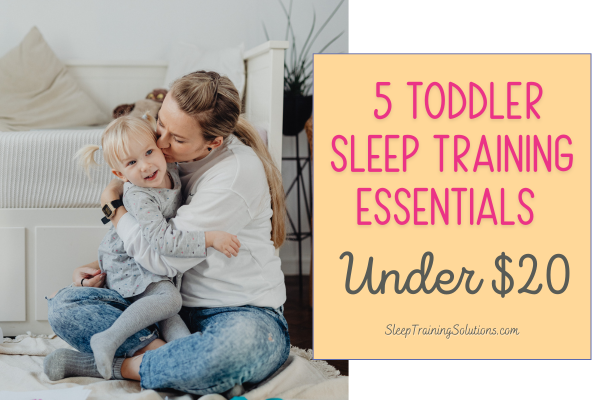The End of Naptime…A Sad Day!
The end of nap time is a sad (sad!) day. For the last few years, you’ve had a couple of daytime hours to get things done around the house, catch up on Facebook, or call a friend without the constant interruptions! And now that time is gone…or is it?
When toddlers and preschoolers drop their afternoon nap, they still need some alone time to decompress (and time alone will help with late afternoon meltdowns too). It also teaches them a valuable skill–how to amuse themselves without technology or YOU!
Before implementing quiet time, talk about it with your child and explain what quiet time means:
It’s a time to play with quiet activities in your room by yourself
That you’ll set a timer (this one is my FAVORITE for this age since it’s a visual representation of time!) for 45 minutes and come and get him or her when time is up (make sure you set a timer downstairs to go off a few minutes before your child’s goes off)
If he or she feels sleepy, it’s fine to lie down and close your eyes (This shouldn’t turn into a 2 hour nap though!)
If you make it feel like a privilege to have quiet time, rather than an obligation, you’ll be able to get your child excited about it! Tell your child that big boys (girls) who are too old for naps get to have quiet time!
Here are some quiet time activity suggestions for the 3+ crowd that have been successful for my clients:
Educational:
Books, books, books – pop-up books, flap books, picture books – if you make a weekly trip to the library for a stack of new books, your child won’t get bored with the selection! Here are some tried and true favorites kids will keep coming back to:
Puzzles – if you’re offering more than one puzzle, it’s helpful to “code” each puzzle with a letter or number on the back of each piece so clean up is easier if your child takes out more than one at a time!
Mess free coloring book sets – definitely don’t want regular markers, and even washable ones can create a mess!
Mazes – make sure to have a crayon with the book so your child can complete some pages!
Creative play:
Felts Boards – these are great because each time your child plays with it it’s different!
Play Mats – this was one of the best investments – keeps them entertained for hours! Depending on the size of the mat, you could leave it on the floor and just put the cars/trucks in the bin.
Figurines – for pretend play with their favorite characters
Stickers books – these are great because the stickers can be reused over and over again!
Skills building:
Matching/sorting
Muffin sorting for the kids into baking and cooking
Lacing –
Color recognition/sorting – stacking set
Things you do NOT want to include: anything with noise or a battery. Or that your child will love to play with on a daily basis since they’ll be in rotation!
The most important thing about these activities is that you need to rotate what you offer your child. If you have a “quiet time bin” and put EVERYTHING in at once, it will get old quickly.
Instead make 3-5 bins with 3-5 activites in each and rotating which activity bin you offer each day.
Remember to give a plastic tray if your child’s room is carpeted so he or she has a place to color or do puzzles.
Related Posts:
This post is for informational purposes only and may not be the best fit for you, your child and/or your personal situation. It shall not be construed as medical advice. The information and education provided here is not intended or implied to supplement or replace professional medical treatment, advice, and/or diagnosis. Always check with your child’s physician or medical professional before trying or implementing any information read here.





